
It is arguably a proof of the fact that, Chinese's exploration of world geography had started long before Italian missionary Matteo Ricci's arrival in 1583.
More importantly, painted with a clear "green mountain and water" technique, the map has demonstrated admirable artistic value. It was influenced by the painting style of the Wu school, featuring a party of mainly Suzhou-based literati painters such as the well-known Tang Bohu.
A painting of Tang Bohu, typically evident of his longing for a secluded life, will also be on sale. The Songya Villa depicts Tang's companion Songya lying by his side while meditating in a riverside grass pavilion surrounded by green mountains and bamboo. The painting used to be owned by the Song Ziwen family, who were in control of China's financial power in the 1920s, possibly reflecting his longing for seclusion too.
On the contrary, literati painters now use historical figures as their painting subjects. Many of Fu Baoshi's artworks are based on the image of Qu Yuan, the patriotic Chinese poet. For example, Yun Zhongjun and Da Siming.
The introduction of new materials, techniques and ideas has enriched Chinese painting. Many modern literati works have incorporated Western realistic skills, such as oil painting. Chang Shuhong's Young Girl in the Street, for example, is believed to be clearly influenced by neoclassicism while incorporating a heavy Chinese flavor.
 |
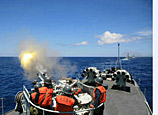

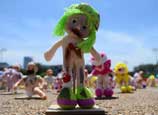
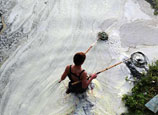


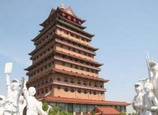
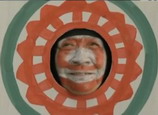
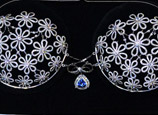







 Chinese applicants wish a new life on Mars
Chinese applicants wish a new life on Mars


![]()
